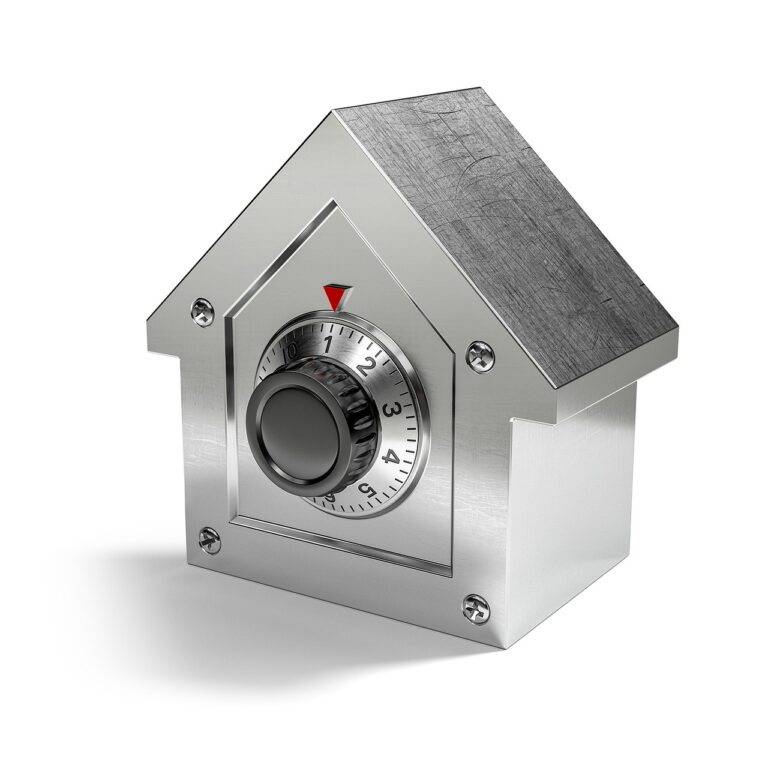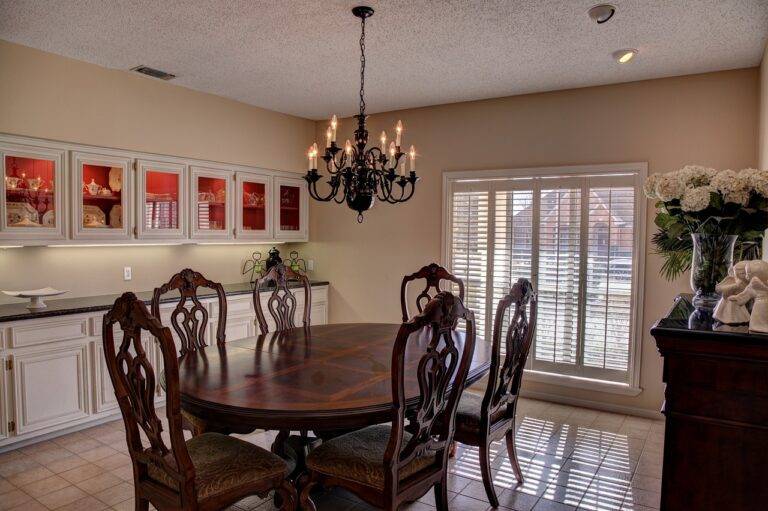Tips for Choosing the Right Home Security Cameras
When choosing home security cameras, consider the specific areas of your property that need surveillance. Assess whether you need indoor cameras to monitor the inside of your home or outdoor cameras to safeguard the perimeter. Understanding the purpose of each camera location will help determine the type and features required for optimal security coverage.
Another factor to consider is the resolution and quality of the camera footage. Higher resolution cameras provide clearer images and better detail, allowing for easier identification of individuals or objects captured on camera. Opt for cameras with at least 1080p resolution to ensure high-quality footage for effective monitoring of your home.
Types of Home Security Cameras to Choose From
When it comes to selecting home security cameras, it’s essential to consider the various types available in the market. One popular option is the traditional wired camera, which offers a reliable connection but may require professional installation. These cameras are ideal for homeowners looking for a stable and consistent surveillance system.
Alternatively, wireless cameras provide flexibility and easier installation without the need for extensive wiring. These cameras can be easily moved around, making them a versatile choice for those who may want to adjust their surveillance areas frequently. Wireless cameras come in various styles, including battery-powered and solar-powered options, catering to different needs and preferences.
What factors should I consider when choosing home security cameras?
When choosing home security cameras, consider factors such as your budget, the size of your property, the level of video quality you desire, whether you need indoor or outdoor cameras, and whether you want features like night vision or two-way audio.
What are the different types of home security cameras available?
There are several types of home security cameras to choose from, including wired cameras, wireless cameras, indoor cameras, outdoor cameras, dome cameras, bullet cameras, pan-tilt-zoom (PTZ) cameras, and smart cameras with features like facial recognition and motion detection.
What is the difference between wired and wireless home security cameras?
Wired cameras require a physical connection to a power source and a recording device, while wireless cameras operate using Wi-Fi or cellular connections. Wired cameras are typically more reliable but require professional installation, while wireless cameras are easier to install but may be subject to interference.
What are dome cameras and bullet cameras?
Dome cameras are dome-shaped cameras that are typically used for indoor surveillance and have a wide viewing angle. Bullet cameras are cylindrical cameras that are often used for outdoor surveillance and have a more focused viewing angle.
What are pan-tilt-zoom (PTZ) cameras?
PTZ cameras are cameras that can be remotely controlled to pan (move horizontally), tilt (move vertically), and zoom in and out to capture different areas of a space. These cameras are often used in large properties or areas that require constant monitoring.
What are smart home security cameras?
Smart home security cameras are cameras that can connect to your home’s Wi-Fi network and be controlled or monitored remotely through a smartphone app. These cameras often have advanced features like facial recognition, motion detection, and the ability to send alerts to your phone.





